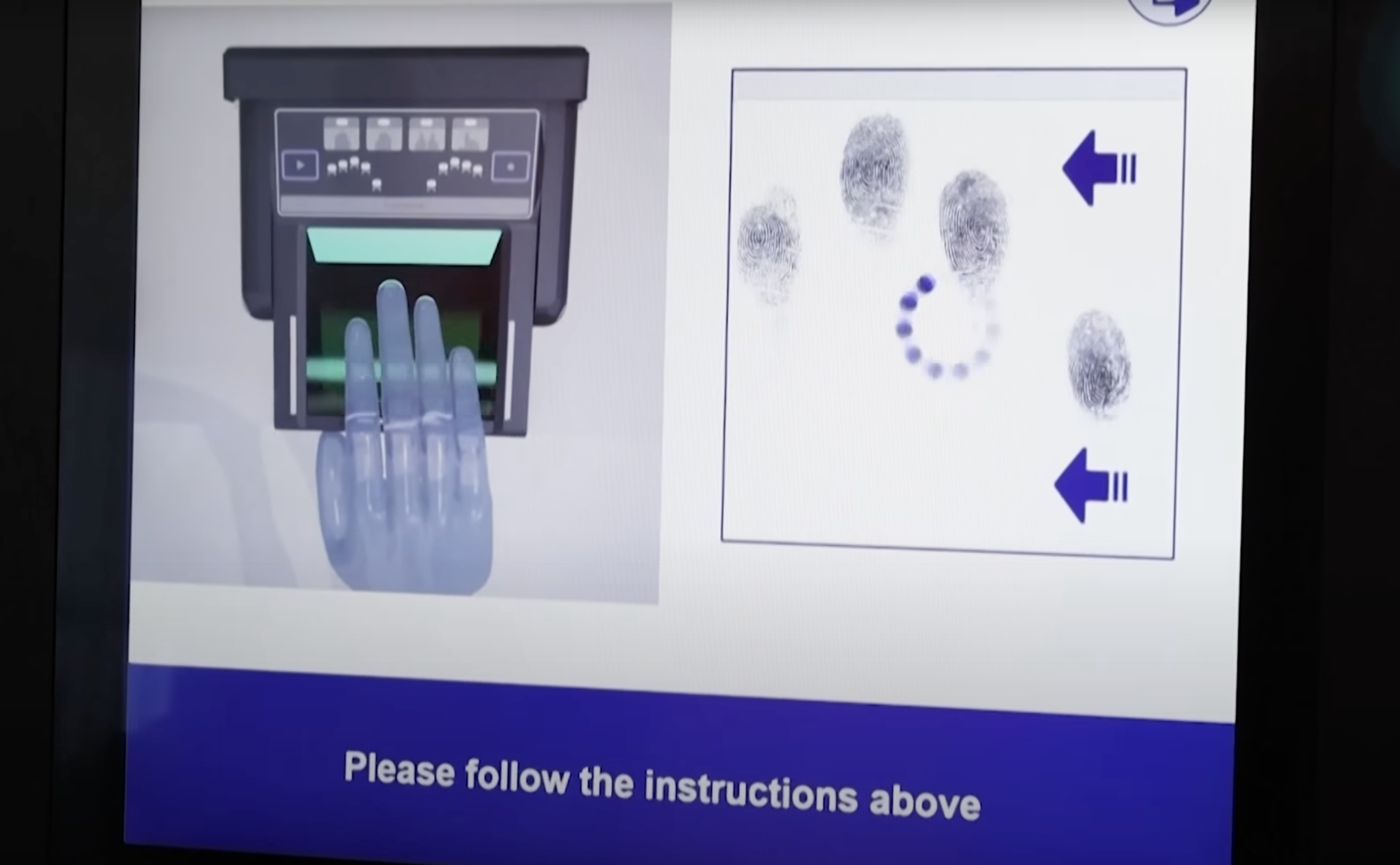 Image courtesy of MoneyControl on Youtube
Image courtesy of MoneyControl on YoutubeIf you’re planning a trip to Europe, expect a new step at border control: biometric screening. The European Union’s
Entry/Exit System (EES) is now officially active across the
Schengen Area — a zone that includes 29 countries with shared border policies and security standards.
What’s Changing
The EES is an automated border management system that tracks non-EU travelers entering and exiting the Schengen zone for short stays — up to 90 days within any 180-day period. The system records each crossing at airports, seaports, train stations, and land borders in countries including France, Germany, Spain, Italy, Greece, Switzerland, and others.
Instead of a passport stamp, travelers will now have their biometric data collected, including:
Why It Matters
The EU says the new digital process will replace manual passport stamping starting April 10, 2026, streamlining border checks and tightening security. The collected data will be stored for three years, and returning travelers will need to verify their identity using a fingerprint or facial scan both upon entry and exit.
The Bigger Picture
The European Union launched the EES to modernize border management and reduce overstays by non-EU visitors. Officials say the system will make travel safer, faster, and more efficient — while giving border agencies better tools to track entries and exits across Europe.
In short: the next time you fly into Paris, Rome, or Amsterdam, be ready for a quick face scan or fingerprint check instead of the usual passport stamp.